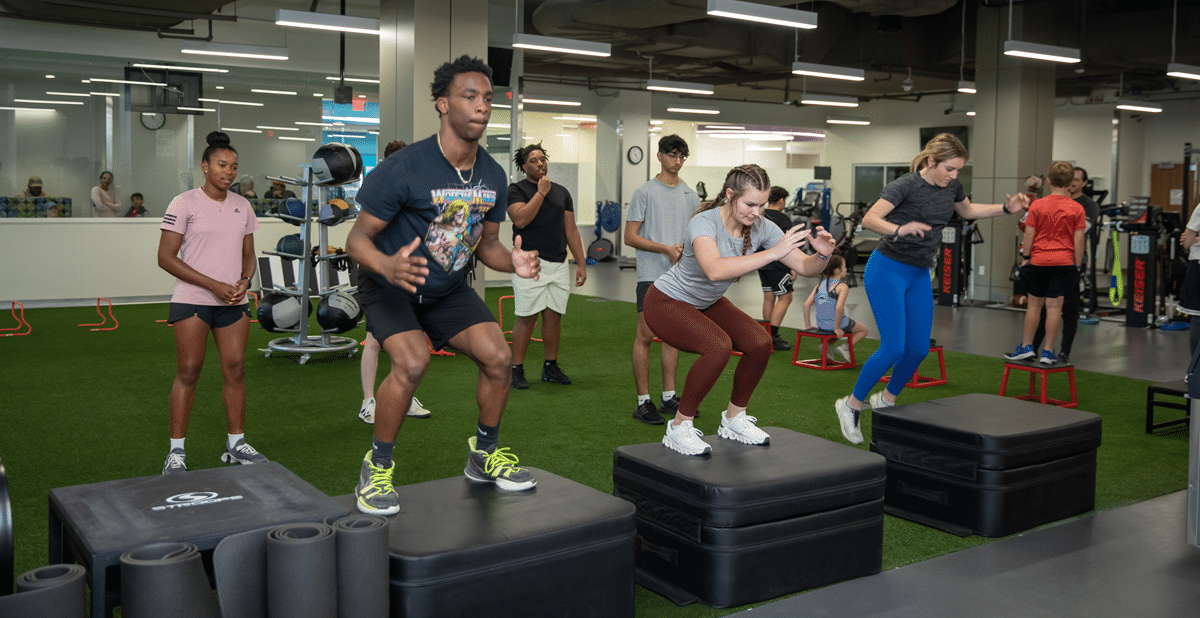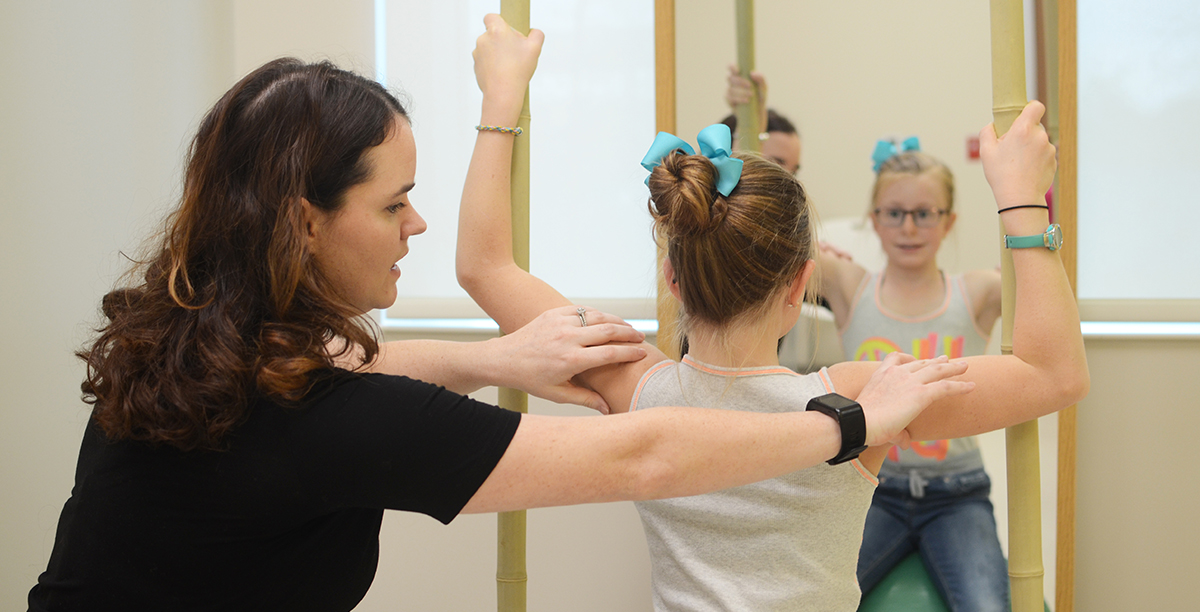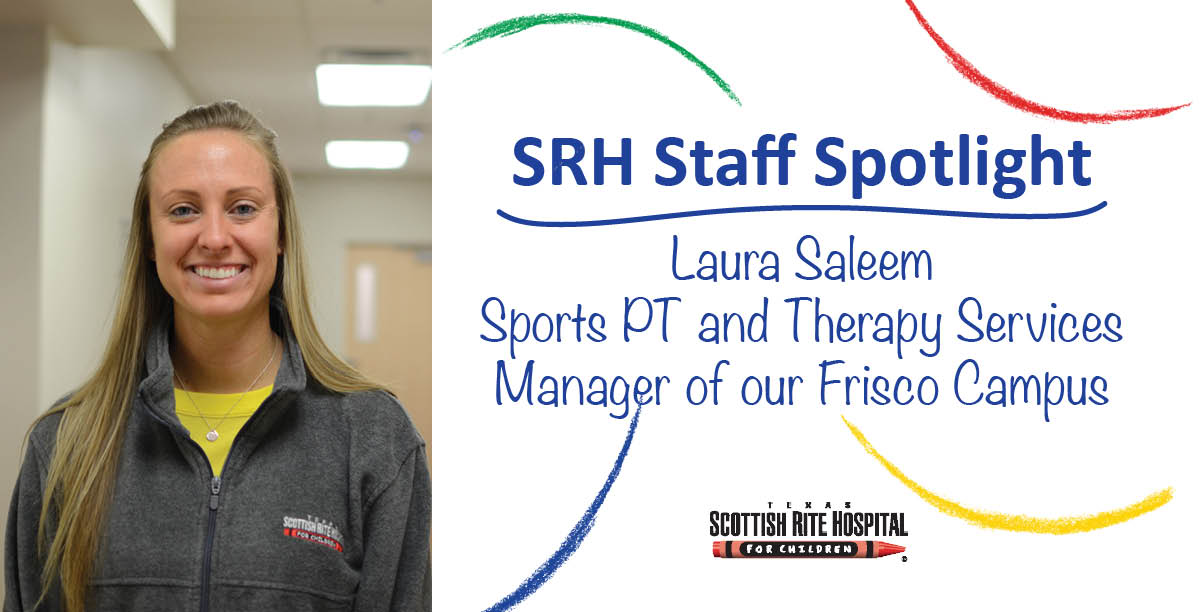In a study conducted by members of Scottish Rite for Children's sports medicine research team, we have found that one in five parents are not aware of injury prevention programs that can reduce the risk of anterior cruciate ligament (ACL) injuries. This is alarming...




